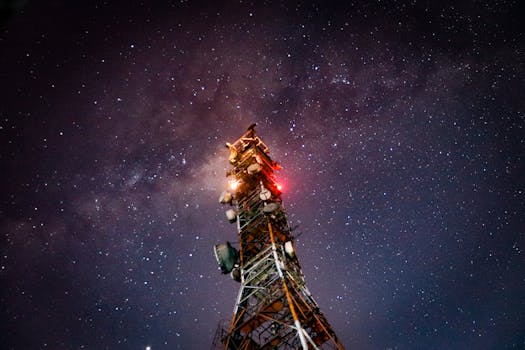
Introduction to Starlink
Starlink, the brainchild of Elon Musk’s SpaceX, is an ambitious project designed to blanket the Earth with a network of low-Earth orbit satellites, providing seamless, high-speed internet access to every corner of the globe. The Starlink initiative promises to revolutionize the way we communicate, making the internet accessible to remote and underserved communities, and transforming the world into a truly interconnected entity.
How Starlink Works
The Starlink system consists of a constellation of thousands of small satellites, each weighing around 227 kilograms, orbiting the Earth at an altitude of approximately 550 kilometers. These satellites are equipped with advanced technology, enabling them to communicate with each other and with ground stations, forming a network that provides low-latency, high-bandwidth internet connectivity. By using a phased array antenna and a Hall effect thruster, the satellites can maintain their position, avoid collisions, and ensure continuous communication with the ground stations.
Benefits of Starlink
The potential benefits of Starlink are vast and far-reaching. By providing global internet coverage, Starlink can help bridge the digital divide, enabling people in remote and underserved areas to access essential services, such as education, healthcare, and financial services. Starlink can also enable seamless communication during natural disasters, when traditional communication infrastructure is often destroyed or disrupted. Furthermore, the low latency and high bandwidth of the Starlink network make it an attractive option for applications requiring real-time communication, such as online gaming, virtual reality, and remote work.
Challenges and Controversies
While the Starlink initiative holds great promise, it is not without its challenges and controversies. One of the main concerns is the potential for space debris, as the large number of satellites in the constellation could increase the risk of collisions and contribute to the already significant problem of space junk. Additionally, there are concerns about the impact of Starlink on the night sky, as the satellites can reflect sunlight and interfere with astronomical observations. Moreover, the high cost of launching and maintaining the satellite constellation has raised questions about the economic viability of the project.


